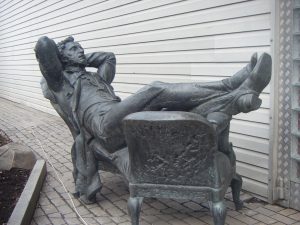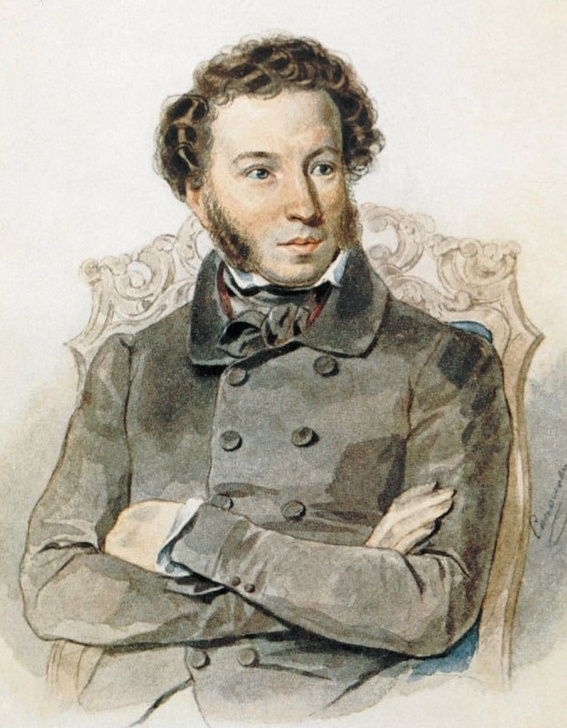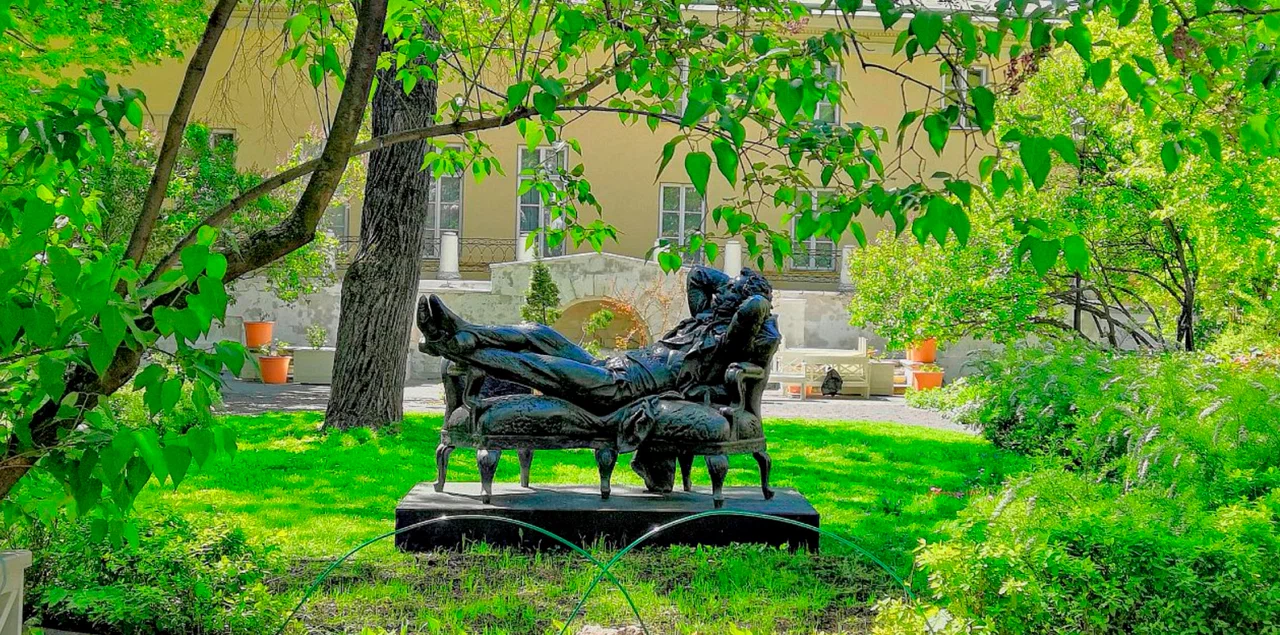Alexander Sergeyevich
Pushkin
1799-1837

Alexander Sergeyevich Pushkin was an outstanding poet, prose writer, playwright and member of the Russian Academy. He was one of the founders of the modern Russian literary language. He was born on May 26 (June 6), 1799, into a modest noble family, Pushkin became a student of the Tsarskoye Selo Lyceum in 1811, shortly after its establishment. During his time at the lyceum, Alexander Sergeyevich became friends with Anton Delvig, Ivan Pushchin and Wilhelm Küchelbecker, maintaining relationships with them throughout his life. Although he was initially appointed as a civil servant in the Collegium of Foreign Affairs, Pushkin was more interested in social life, especially in literary circles and among Petersburg writers. He created “Song of Wise Oleg” and began the narrative poem “Eugene Onegin.” His works started being published in Petersburg, gaining him popularity as a poet and writer. In 1826, the first collection “Poems by Alexander Pushkin” was published, and the poet gained nationwide love. In 1831, Pushkin was appointed to write the “History of Peter the Great”, but he became captivated by the image of the leader of the peasant uprising, Emelyan Pugachev. He embarked on a small expedition to the areas of the uprising to gather material for his novel. Afterward, in the autumn of 1833, Pushkin went to Boldino, where he completed the scientific work “History of Pugachev,” wrote “The Tale of the Fisherman and the Fish,” “The Tale of the Dead Princess and the Seven Knights,” the poem “The Bronze Horseman,” and began working on “The Queen of Spades.” In 1836, Pushkin received permission to publish an almanac titled “Sovremennik” (The Contemporary), where he and other eminent poets and writers, such as Nikolai Gogol, Ivan Turgenev, and Vasily Zhukovsky, were published. In 1837, he was killed due to a wound sustained during a duel. In Moscow, numerous monuments commemorate the great poet, one of which is located on Prechistenka Street.
Address: Moscow, Prechistenka str., 12/2, p. 8

